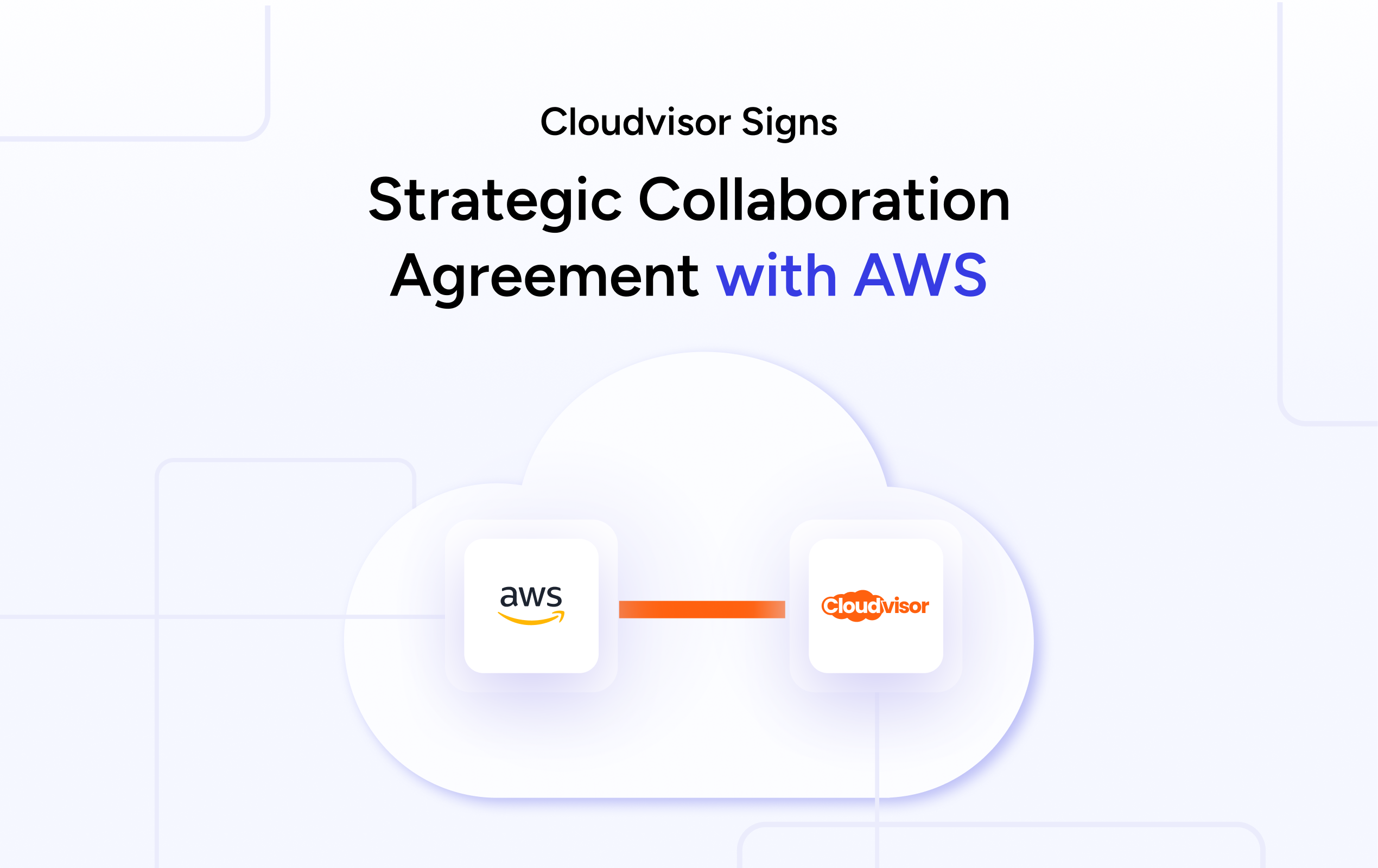Netflix’s journey with Amazon Web Services (AWS) is a testament to how cloud computing has revolutionized the entertainment industry. As a leading streaming service with a vast global subscriber base, Netflix’s reliance on AWS showcases the critical role of cloud infrastructure in delivering content at scale. This article delves into the symbiotic relationship between Netflix and AWS, highlighting the services, benefits, and innovations that AWS provides to Netflix.
Table of Contents
The Backbone of Netflix’s Streaming Service: AWS
The Scale of Netflix’s Operations
Netflix, with its 231 million subscribers as of 2023, has seen exponential growth in demand for its streaming services. This section explores how AWS’s scalable infrastructure supports Netflix’s global operations, enabling the streaming giant to manage and deliver vast amounts of content seamlessly to viewers worldwide.
AWS Services Powering Netflix
Netflix’s seamless streaming experience is powered by a suite of AWS services, each playing a pivotal role in ensuring the platform’s performance, scalability, and reliability. From computing and storage to content delivery and data management, AWS’s comprehensive cloud solutions form the backbone of Netflix’s operations.
Computing and Storage with Amazon EC2 and S3
At the core of Netflix’s technology stack are Amazon EC2 (Elastic Compute Cloud) and Amazon S3 (Simple Storage Service), which provide the computing power and storage capacity necessary for streaming millions of hours of content daily. Amazon EC2’s scalable computing capacity allows Netflix to dynamically adjust resources in response to fluctuating demand, ensuring that the streaming service remains responsive and reliable at all times. This flexibility is crucial for handling peak viewing times and supporting Netflix’s continuous growth.
Amazon S3, on the other hand, offers a robust and secure storage solution for Netflix’s vast content library. With S3, Netflix can store and manage data with unparalleled durability and accessibility, ensuring that content is readily available for streaming to users around the globe. The service’s scalability and security features make it an ideal choice for Netflix, allowing the company to efficiently manage its extensive dataset and safeguard sensitive information.
Content Delivery with Amazon CloudFront
Amazon CloudFront is integral to Netflix’s strategy for delivering content with minimal latency. As a global content delivery network, CloudFront caches content across a worldwide network of data centers, ensuring that movies, TV shows, and other media are delivered from locations closest to the user. This proximity significantly reduces latency and improves the overall streaming experience, making it possible for Netflix to offer high-quality, buffer-free viewing to its subscribers. CloudFront’s expansive global presence and intelligent routing capabilities ensure that Netflix content is accessible and performs optimally, regardless of the viewer’s location.
Database Management with Amazon DynamoDB
To provide a personalized viewing experience, Netflix relies on Amazon DynamoDB for high-performance database management. DynamoDB’s NoSQL database service enables rapid and flexible data retrieval, allowing Netflix to tailor content recommendations to individual user preferences. This capability is critical for maintaining user engagement and satisfaction, as it enables Netflix to suggest relevant content based on viewing history, search queries, and other personalized data points. DynamoDB’s scalability and low-latency data access are essential for supporting Netflix’s complex algorithms and large-scale operations, ensuring that recommendations are both accurate and timely.
Real-time Data Processing with AWS Kinesis
AWS Kinesis enhances Netflix’s ability to process and analyze streaming data in real time. This service captures and processes terabytes of event data each day, from user interactions to application logs, enabling Netflix to gain insights into viewer preferences and content performance. By leveraging Kinesis, Netflix can make informed, data-driven decisions that optimize content recommendations, improve service quality, and enhance user experiences. The real-time processing capability of AWS Kinesis is crucial for maintaining a dynamic and responsive streaming service that adapts to user needs and preferences.
Together, these AWS services provide Netflix with a powerful, scalable, and reliable infrastructure that supports its mission to deliver exceptional streaming experiences to users worldwide. By leveraging AWS’s cloud computing, storage, content delivery, and data processing capabilities, Netflix continues to lead the way in digital entertainment, constantly innovating and improving its service for viewers around the globe.
Innovations and Personalization: The AWS Edge
Netflix’s streaming service is not just about delivering content; it’s about delivering content that resonates with each individual viewer. This personalized approach is made possible through the innovative use of AWS technologies, particularly in the realms of machine learning and global content delivery.
Machine Learning and Personalization
At the heart of Netflix’s ability to recommend content that viewers love is its sophisticated machine-learning algorithms powered by AWS. Netflix collects vast amounts of data on viewer preferences, watching habits, and interactions. This data is then processed and analyzed on AWS to train models that predict what content a viewer is likely to enjoy next. AWS provides the scalable computing resources necessary for training complex machine learning models, handling the immense dataset that Netflix has accumulated over the years.
The personalization engine is not static; it evolves. As viewers interact with the service, the recommendation system adapts, refining its predictions to offer even more tailored content suggestions. This dynamic process is supported by AWS’s flexible and powerful computing capabilities, which can scale up to meet the demands of processing large volumes of data quickly and efficiently.
Global Reach and Reliability
AWS’s global infrastructure is a key factor in Netflix’s ability to serve its content to viewers across over 190 countries. The cloud provider’s extensive network of data centers worldwide means that Netflix can deploy its service in close proximity to its audience, minimizing latency and improving streaming quality.
Moreover, AWS ensures the high availability and reliability of Netflix’s streaming service. Through services like Amazon Route 53, Netflix can effectively manage traffic and automatically route users to the nearest AWS region, reducing the risk of downtime and ensuring a smooth viewing experience. The resilience of AWS’s infrastructure, with its built-in redundancy and fault tolerance, means that Netflix can maintain its service even in the face of potential disruptions.
Netflix’s Own CDN: Open Connect
While AWS plays a crucial role in Netflix’s backend operations, the streaming giant has also invested in its own CDN, Open Connect, to enhance content delivery further. Open Connect is specifically designed to store and deliver Netflix’s video content, operating at a scale that matches the company’s vast library and global audience.
Open Connect works in tandem with AWS services to create a comprehensive content delivery network. While AWS handles the computing, storage, and database management aspects of the service, Open Connect focuses on the efficient distribution of video content. This hybrid approach allows Netflix to leverage the strengths of both AWS and its own CDN, ensuring that viewers around the world can enjoy high-quality streaming without buffering or delays.
The integration of AWS’s cloud infrastructure with Netflix’s Open Connect CDN exemplifies how technology can be harnessed to create a seamless, high-performance streaming service. Together, they enable Netflix to deliver personalized content recommendations and ensure that its vast library of TV shows, movies, and documentaries is accessible to viewers anywhere, anytime.
How Much Does Netflix Spend On AWS?
One of the most intriguing aspects of Netflix’s partnership with AWS is the financial commitment involved in maintaining and scaling its massive streaming service. While exact figures are closely guarded, it’s known that Netflix’s expenditure on AWS represents a significant portion of its operational costs. Estimates suggest that Netflix spends hundreds of millions of dollars annually on AWS services.
This investment underscores the critical role that AWS plays in supporting Netflix’s global streaming operations, from content delivery and storage to computing power and database management. The financial commitment to AWS is a testament to the value that Netflix places on the reliability, scalability, and global reach of AWS’s cloud infrastructure.
How Does Netflix Monitor And Measure AWS Costs?
With such significant spending on AWS, Netflix employs sophisticated cost monitoring and measurement strategies to ensure efficient use of resources. Netflix utilizes AWS’s detailed billing reports alongside its own internal tools to track and analyze its cloud expenditure.
This involves monitoring the usage and cost of individual AWS services, identifying trends, and pinpointing areas where optimizations can be made. Netflix has developed custom dashboards and alerting systems that provide real-time visibility into its AWS usage and expenses, enabling the company to make data-driven decisions on resource allocation and cost optimization.
This proactive approach to cost management allows Netflix to maximize its investment in AWS, ensuring that it can continue to scale its service efficiently while maintaining control over its cloud spending.
How Does Netflix Use Microservices?
Netflix’s architectural evolution to a microservices model has been a key factor in its ability to scale and innovate rapidly. Microservices allow Netflix to develop, deploy, and manage its applications as a collection of loosely coupled services, each performing a specific function. This approach offers several advantages, including improved modularity, easier scalability, and faster deployment times. Each microservice can be developed independently using the most suitable technology stack for its specific function, which enhances overall system resilience and flexibility.
Netflix’s microservices architecture is supported by AWS, which provides the necessary infrastructure and services to deploy, run, and scale these microservices globally. This architectural strategy enables Netflix to continuously introduce new features and improvements to its service, maintaining its competitive edge in the streaming market.
Why Did Netflix Choose AWS?
Netflix’s decision to migrate to AWS was driven by several key factors. Initially, the need for a more scalable, reliable, and globally distributed infrastructure was paramount. AWS offered a solution that could not only meet these requirements but also provide the agility and innovation pace Netflix sought.
The decision was also influenced by AWS’s comprehensive suite of services, which allowed Netflix to offload much of its infrastructure management and focus on its core business of content delivery. Furthermore, AWS’s commitment to security, compliance, and continuous improvement aligned with Netflix’s operational goals and growth strategy.
By choosing AWS, Netflix was able to transform its service delivery model, leveraging the cloud to achieve unprecedented scalability and reach a global audience effectively. This strategic move has enabled Netflix to maintain its position as a leader in the streaming industry, continually adapting to changing market demands and technological advancements.
The Strategic Partnership Between Netflix and AWS
Mutual Growth and Innovation
The partnership between Netflix and AWS is not just about infrastructure support; it’s about mutual growth and innovation. This section explores how Netflix’s feedback has influenced AWS service improvements and how AWS’s evolving technologies have enabled Netflix to introduce new features and enhance its service.
The Future of Streaming with AWS
Netflix’s use of AWS underscores the transformative power of cloud computing in the entertainment sector. By leveraging AWS’s scalable infrastructure, global reach, and innovative services, Netflix continues to lead in delivering a personalized and interactive viewing experience to millions of users worldwide. The partnership between Netflix and AWS exemplifies how technology and entertainment can come together to create a service that is loved by viewers around the globe.




